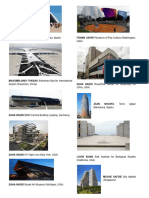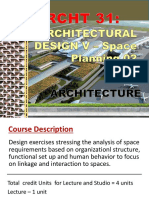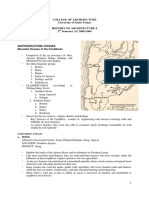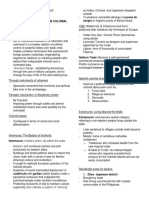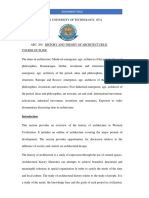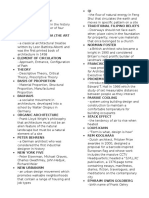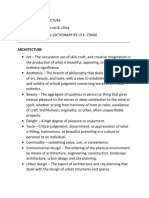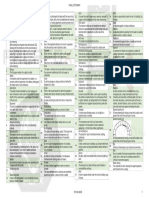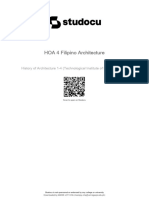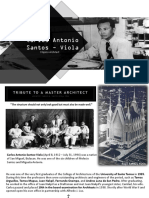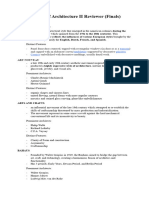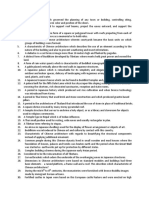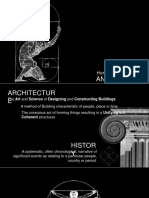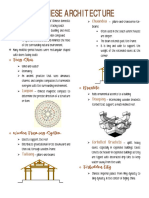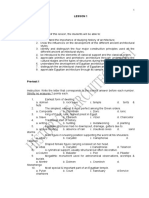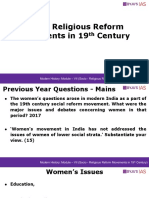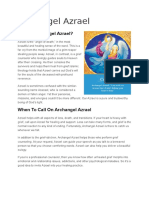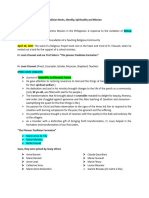0% found this document useful (0 votes)
345 views12 pagesHOA 1 Lecture Module 4
The document outlines the objectives and content of Lesson 4, which covers Byzantine and Medieval/Romanesque architecture. It begins with the objectives of understanding the development and distinguishing characteristics of these architectural styles. It then provides a pre-test on related terminology. The main section provides details on the influences, characteristics, and notable examples of Byzantine architecture from the 4th to 6th centuries. Key influences included geography, geology, climate, religion, and politics. Characteristics included domed structures with shallow domes on pendentives and rich interior decoration featuring mosaics and frescoes. Important examples given are Hagia Sophia in Istanbul and St. Mark's in Venice.
Uploaded by
David OrtegaCopyright
© © All Rights Reserved
We take content rights seriously. If you suspect this is your content, claim it here.
Available Formats
Download as DOCX, PDF, TXT or read online on Scribd
0% found this document useful (0 votes)
345 views12 pagesHOA 1 Lecture Module 4
The document outlines the objectives and content of Lesson 4, which covers Byzantine and Medieval/Romanesque architecture. It begins with the objectives of understanding the development and distinguishing characteristics of these architectural styles. It then provides a pre-test on related terminology. The main section provides details on the influences, characteristics, and notable examples of Byzantine architecture from the 4th to 6th centuries. Key influences included geography, geology, climate, religion, and politics. Characteristics included domed structures with shallow domes on pendentives and rich interior decoration featuring mosaics and frescoes. Important examples given are Hagia Sophia in Istanbul and St. Mark's in Venice.
Uploaded by
David OrtegaCopyright
© © All Rights Reserved
We take content rights seriously. If you suspect this is your content, claim it here.
Available Formats
Download as DOCX, PDF, TXT or read online on Scribd
/ 12







